In an exclusive interview with The Associated Press, Oppenheimer director, Christopher Nolan, talks about his favorite toys, which are IMAX film cameras. “The headline, for me, is by shooting on IMAX 70mm film, you’re really letting the screen disappear. You’re getting a feeling of 3D without the glasses” Nolan says. Do you agree?
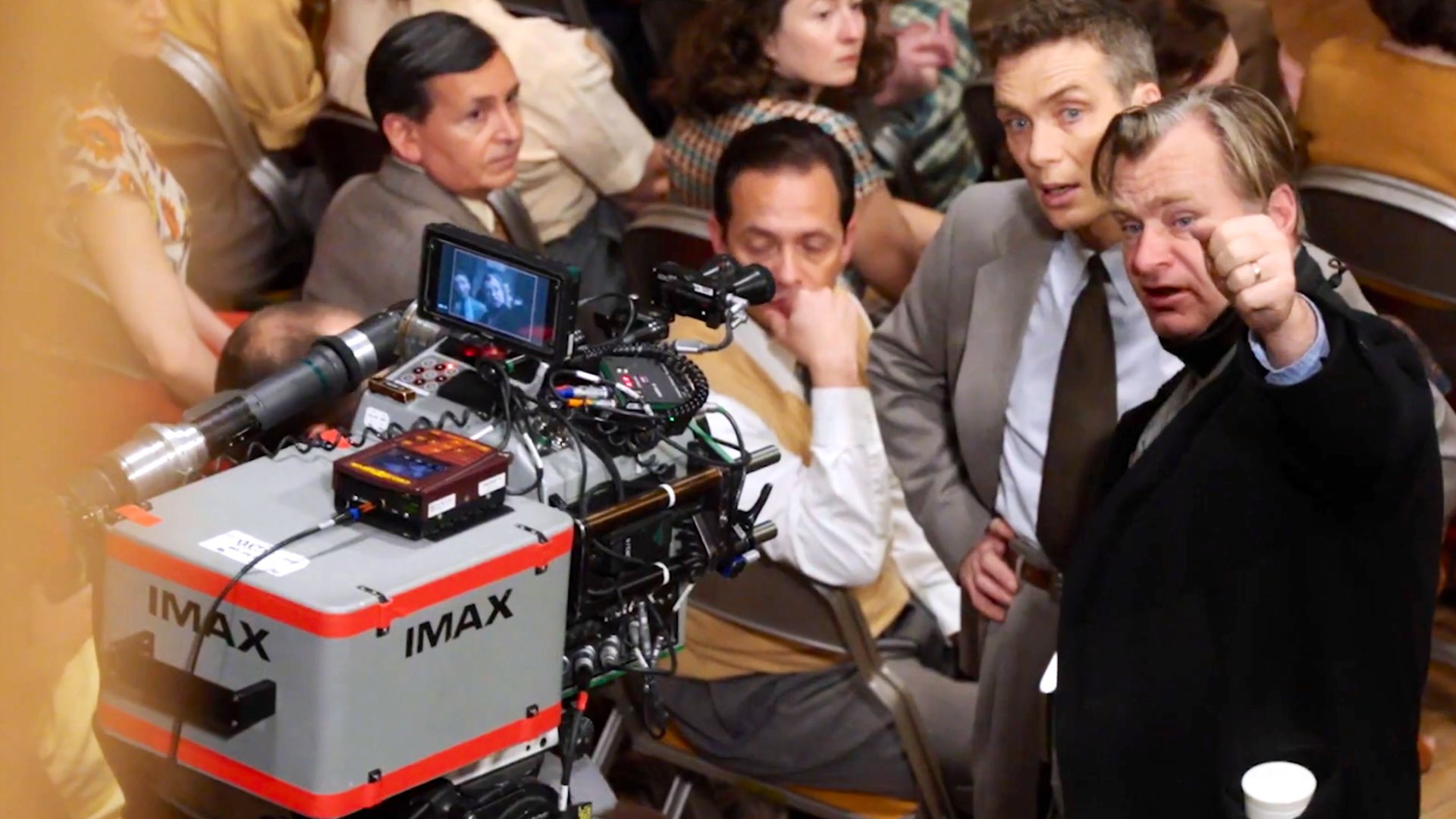
First ‘Film in IMAX’ drama?
Most probably, Oppenheimer will be the first movie drama filmed in IMAX. At first, you ask yourself why shooting a drama on cumbersome and complex IMAX cameras. But then, you can answer that as well: Because Nolan can. And it looks beautiful as hell. Cinematographer Hoyte Van Hoytema elaborated regarding that challenge: “IMAX is a medium format of spectacle and it’s made for vistas, but I got curious of to use it as an intimate format. Faces look like a landscape. There’s huge complexity and huge depth to it”. Indeed, on Oppenheimer, there are a solid amount of face shots, closeups, and portraits style shots. Moreover, Nolan thinks that the 70mm film emphasizes emotions, which enhances dramaturgy. Anyway, on Oppenheimer, there will be one big-action scene for sure, and that would be the Trinity test.

The main effect: The Trinity test
Trinity test is the first detonation of a nuclear weapon, performed in the New Mexico desert. Nolan and his effects teams recreated the blast. In an exclusive interview with The Associated Press, Nolan elaborated more about the ‘Trinity sequence’ and said: “We knew that this had to be the showstopper. We’re able to do things with pictures now that before we were really only able to do with sound in terms of an oversize impact for the audience, an almost physical sense of response to the film”. That scene will be the peak of the movie. As we know Nolan’s methodology, we would want minimal VFX plates on that one. However, in order to mimic an atomic blast, we’d guess you utilized a huge amount of real explosives layered by top VFX artistry. And the sounds…expect big and super loud sounds, which will definitely shake the whole IMAX theater. Furthermore, Nolan stated that you are going to feel like you are there.

IMAX filmmaking = 3D Without Glasses
Oppenheimer was shot in 2D. We hope that there will not be a 3D IMAX version, like the last Transformers, in which the only IMAX screening was in 3D (at least here in Israel). That would be a big no-no. According to IMDB Tech Spec, Oppenheimer was shot on IMAX MKIII, IMAX MKIV, IMAX MSM 9802, and Panavision Panaflex System 65 for dialogues. The IMAX 3D cameras were not used, as they only shoot digital (ARRI ALEXA 65 IMAX —Avengers, and IMAX Phantom 65 – Michael Bay’s Transformers), and Nolan shoots only on film, including a dedicated B&W stock developed by Kodak and FotoKem, for the black and white scenes in Oppenheimer. Anyway, according to Nolan, the IMAX film camera imagery is so detailed, that you get a feeling of 3D depth, as stated: “The sharpness and the clarity and the depth of the image is unparalleled,” Nolan added. “The headline, for me, is by shooting on IMAX 70mm film, you’re really letting the screen disappear. You’re getting a feeling of 3D without the glasses. You’ve got a huge screen and you’re filling the peripheral vision of the audience. You’re immersing them in the world of the film”. Hence, if you want the most precise experience, watch the whole 3 hours and 11 seconds of Oppenheimer in a real IMAX 70mm theater. Unfortunately, there are only 30 of those (see the list here). Finally, Nolan even advises you where to sit: “When I’m in a theater that’s Cinemascope ratio, I like to be right near the front, middle of the third row. When I’m in a stadium, IMAX 1.43:1, then I actually like to be a little behind the center line right up in the middle. So, a little further back” Nolan says. “Oppenheimer,” starring Cillian Murphy, opens in theaters on July 21. WE CAN’T WAIT!
As a tribute to the mighty 65mm format, we’ve created the Y.M.CINEMA 65 which is a special one-of-a-kind gift for cinephiles — explore it on our website.

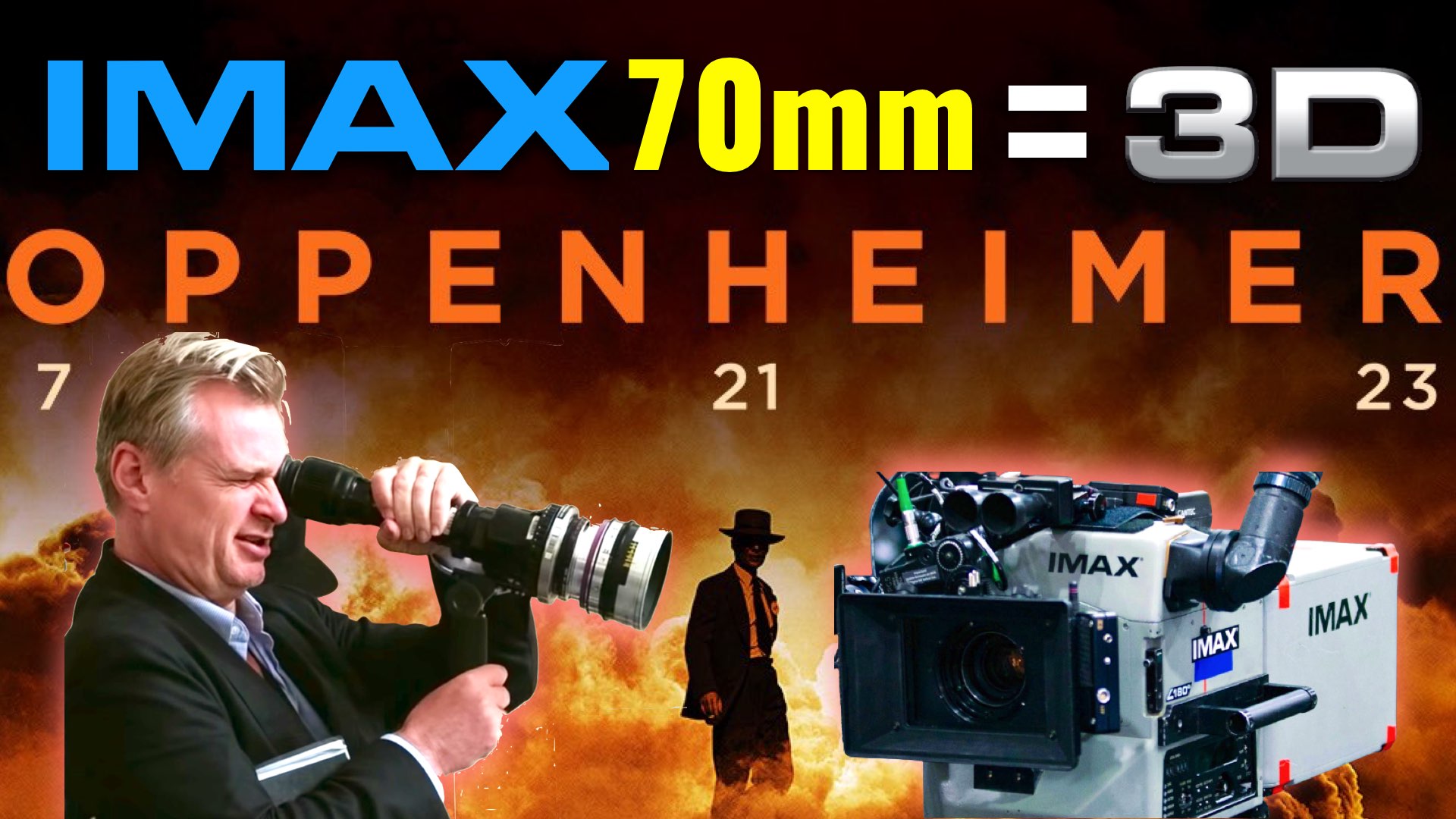


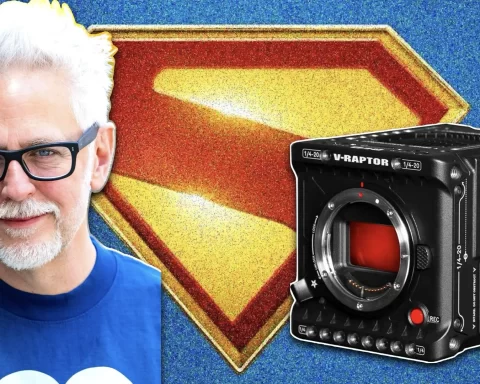
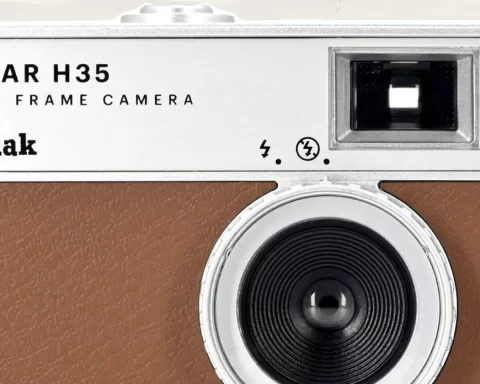
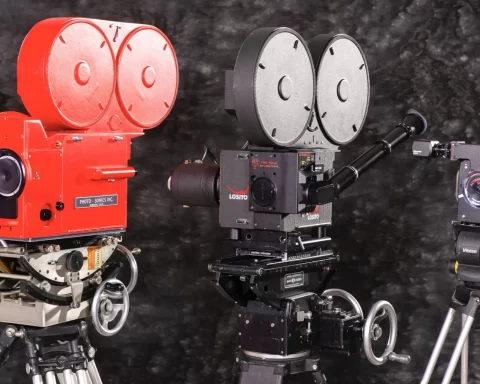
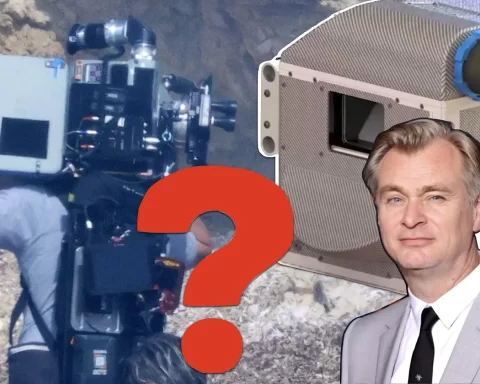

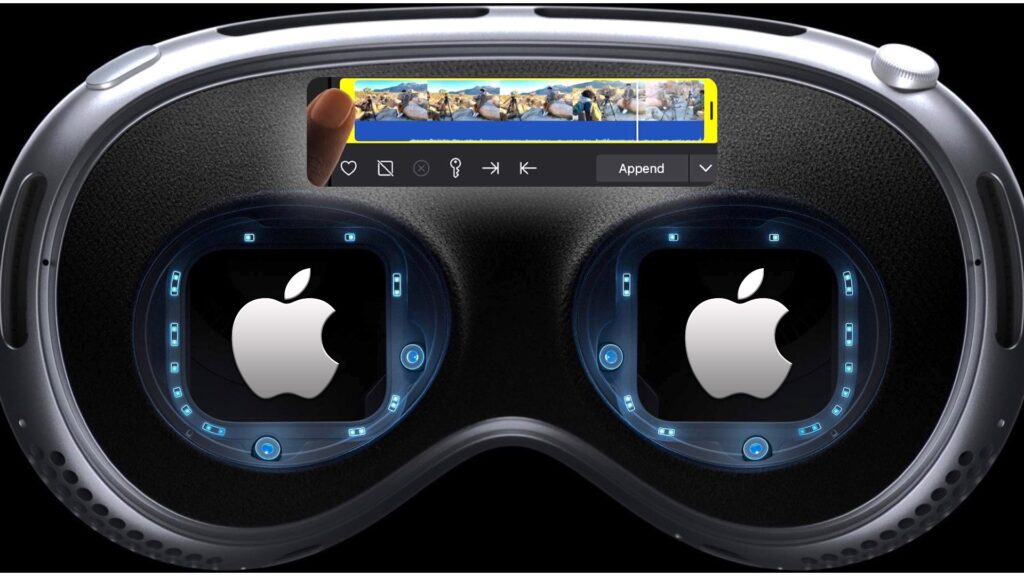

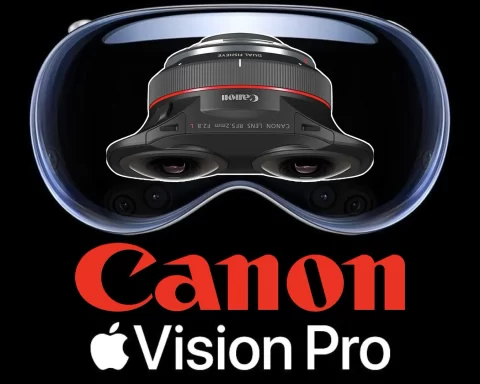
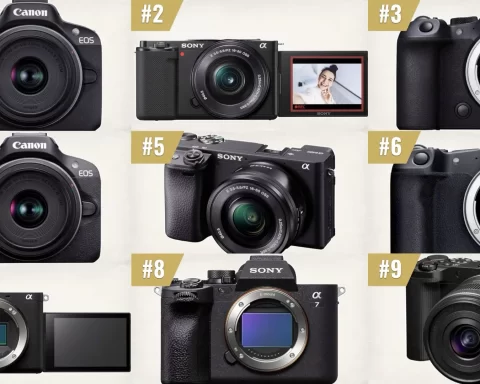



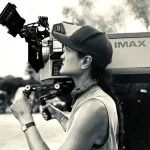
I largely agree with Nolan’s assertion that 70mm IMAX is like 3D without the glasses. I had the opportunity to watch The Dark Knight in 70mm IMAX and the sequences shot on IMAX cameras are still the most astounding image I’ve ever seen in a movie theater. I’d later see The Dark Knight Rises prologue in 70mm — same experience, it takes your breath away. Unfortunately I moved away from Los Angeles shortly thereafter and have no 70mm theater nearby. Our local IMAX is the dual Xenon projector setup — it’s impressive but not even close to approaching the clarity of 70mm.